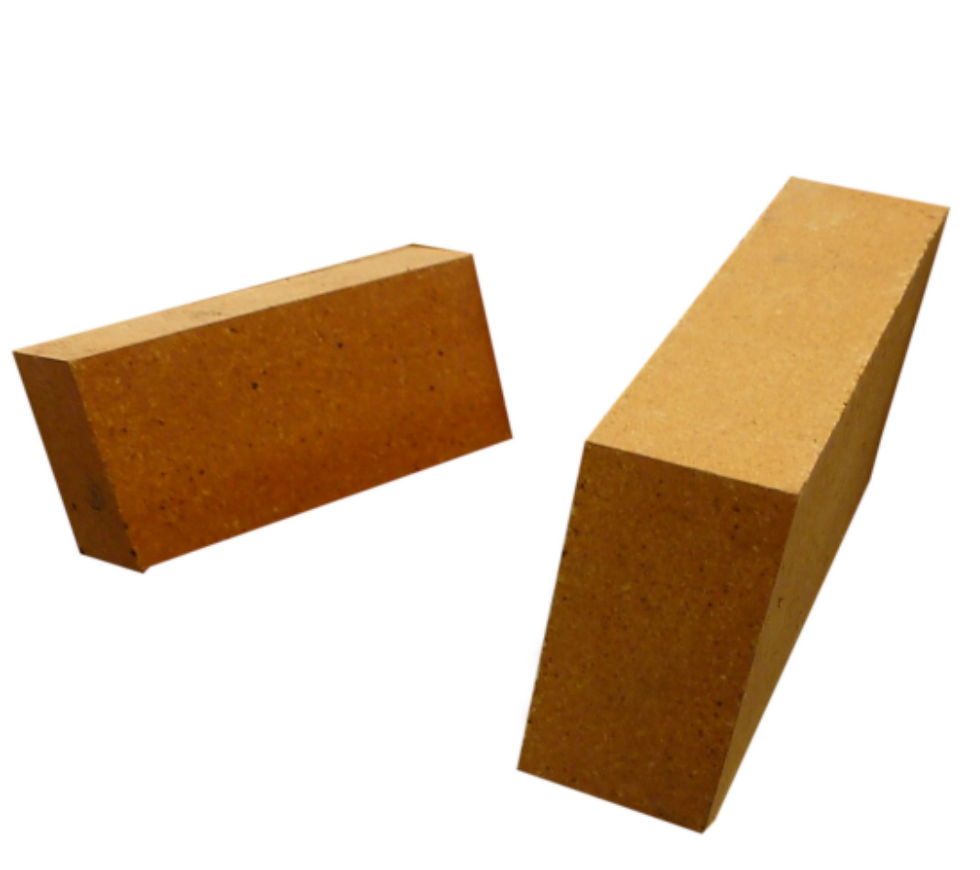External wall cladding refers to the process of covering a building's exterior walls with materials that serve both decorative and functional purposes. Cladding can enhance the aesthetics of a structure, provide insulation, protect against the elements, and improve energy efficiency.
At Wedge we offer various materials used for external wall cladding, each with its own characteristics and benefits.
Calcium silicate wall cladding
Calcium silicate wall cladding is another type of building material used for exterior cladding applications. Calcium silicate is a compound made from sand, lime, and reinforcing fibers. Here are some key features and considerations for calcium silicate wall cladding:
Durability: Calcium silicate is known for its durability and resistance to damage from insects, rot, and fire. It can withstand harsh weather conditions, making it suitable for external applications.
Fire Resistance: Like magnesium oxide (MgO) board, calcium silicate is inherently fire-resistant. It does not combust easily and can contribute to the fire safety of a building.
Moisture Resistance: Calcium silicate exhibits good resistance to moisture, making it less prone to issues such as rot and decay. This property is beneficial for applications where exposure to rain or humidity is a concern.
Dimensional Stability: Calcium silicate tends to be dimensionally stable, meaning it is less likely to expand, contract, or warp with changes in temperature and humidity. This stability is important for maintaining the integrity of the cladding over time.
Insulating Properties: Calcium silicate has some natural insulating properties, contributing to the thermal performance of the building. However, it is often used in conjunction with additional insulation materials for enhanced energy efficiency.
Versatility: Calcium silicate boards can be used for various applications, including exterior cladding, roofing, and as a base for rendering or finishing materials.
Aesthetics: Calcium silicate wall cladding can be finished in different ways to achieve various aesthetics. It can be painted, textured, or covered with other decorative finishes to suit the desired appearance.
Low Maintenance: Calcium silicate is generally low-maintenance, requiring minimal upkeep over its lifespan. Routine cleaning and occasional inspections may be sufficient to keep the cladding in good condition.
Environmental Considerations: Calcium silicate is considered a sustainable material as it is composed of natural ingredients. It does not contain harmful substances and can be recycled, contributing to environmental friendliness.
As with any building material, it's crucial to follow the manufacturer's guidelines for proper installation and maintenance. Additionally, compliance with local building codes and regulations should be ensured. Calcium silicate wall cladding is often chosen for its combination of durability, fire resistance, and versatility, making it suitable for a range of architectural styles and climates.
Some common types of external wall cladding include:
Brick Cladding: Traditional and durable, brick cladding provides a classic look and excellent protection against the elements.
Stone Cladding: Natural stone or engineered stone cladding can add a sophisticated and elegant appearance to a building. It is available in various types such as slate, granite, limestone, and more.
Wood Cladding: Wooden cladding is popular for its natural and warm appearance. It comes in various forms, including shingles, panels, and boards. However, it may require regular maintenance to prevent weathering.
Metal Cladding: Materials like aluminum, steel, and zinc are used for metal cladding. They offer a modern, sleek appearance and are often chosen for their durability and low maintenance.
Vinyl Cladding: Vinyl is a cost-effective and low-maintenance option. It comes in a variety of colors and styles, offering versatility in design.
Fiber Cement Cladding: Composed of cement, sand, and cellulose fibers, fiber cement cladding is durable, resistant to fire and insects, and can mimic the appearance of wood or other materials.
Composite Cladding: Combining different materials such as wood fibers, plastic, and sometimes other components, composite cladding offers a balance between aesthetics and durability.
Glass Cladding: Glass panels can be used for a modern and transparent look, allowing natural light into the building. It is often used in conjunction with other cladding materials.
The choice of external wall cladding depends on various factors, including the architectural style of the building, climate, budget, and maintenance preferences. It's important to select a cladding material that not only enhances the building's appearance but also provides the necessary protection and insulation. Additionally, local building codes and regulations should be considered when choosing external wall cladding materials.
Exterior Wall Cladding Calcium Silicate Panels
Get Quote / Price
Get Quote / Technical Specs
Types of Calcium Silicate Products and Boards we Manufacture and Supply
- Calcium Silicate Powder
- 50mm 1100 Grade Calcium Silicate Board
- 100mm 1100 Grade Calcium Silicate Board
- 50mm 1000 Grade Calcium Silicate Board
- 65mm 1100 Grade Calcium Silicate Board
- 80mm 1100 Grade Calcium Silicate Board
- 100mm 1000 Grade Calcium Silicate Board
- 100mm 900 Grade Calcium Silicate Board
- 70mm 1000 Grade Calcium Silicate Board
- 75mm 1000 Grade Calcium Silicate Board
- Exterior Wall Cladding Calcium Silicate Panels
- Fire Resistant Calcium Silicate Board
- Calcium silicate board for pizza oven insulation
- Calcium silicate board partition
- 9 mm Calcium Silicate Boards
- 12 mm Calcium Silicate Boards
- 16 mm Calcium Silicate Boards
- 18 mm Calcium Silicate Boards
- 25 mm Calcium Silicate Boards
- 40 mm Calcium Silicate Boards
- Fire Door Making Calcium Silicate Boards
- High Strength Fire Resistant Calcium Silicate
- High Density Calcium Silicate Board
- Calcium Silicate Sandwich Panel
- Fireproof Calcium Silicate Boards
Get Price
Click here to send enquiry and get best price for your location.
































